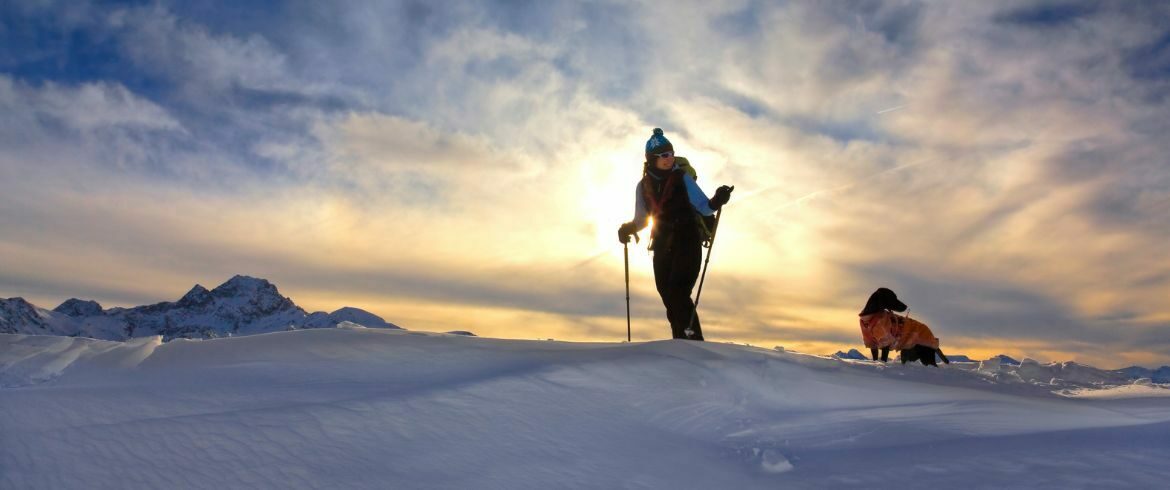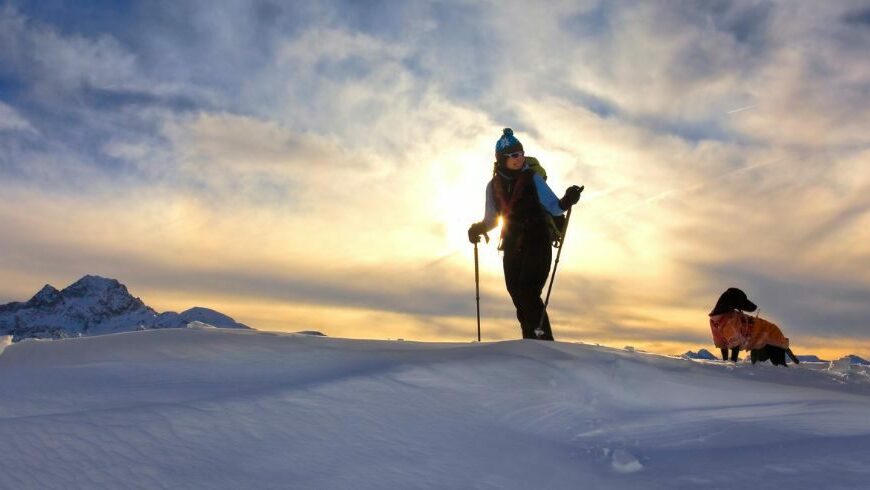
If you are as much a fan of snow and mountains as I am but want to live these experiences in a sustainable way, then “Nevediversa” (Alternative Snow) is for you. This project promotes environmentally friendly winter tourism, reducing the ecological impact on our mountains.
The snow that is scarce and the glaciers that are disappearing and that ask us loudly to live the mountain and the days we spend on skis in an increasingly sustainable way.
Nevediversa: what is it?
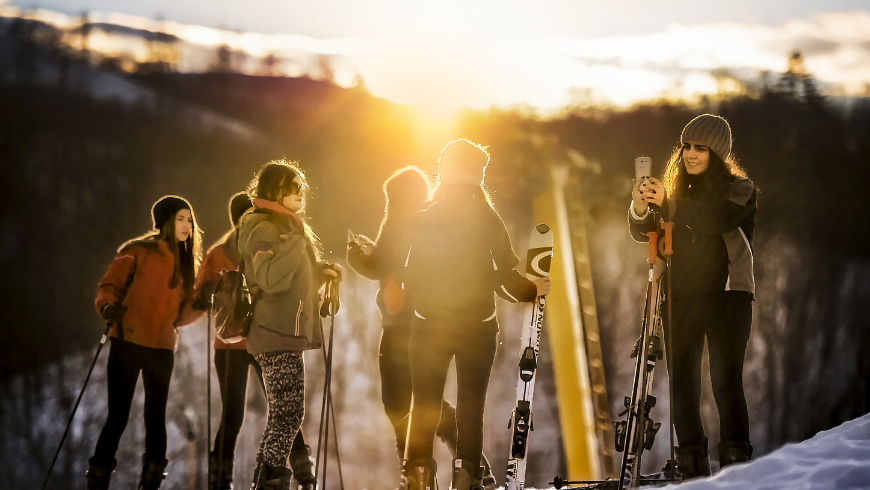
Now it almost does not snow even in the mountains, but the magic of whitewashed peaks, even a little, is always something special that you can not do without.
Climate change is transforming mountain landscapes: snowfalls are becoming increasingly rare and glaciers are retreating. For this reason, it is essential to rethink our way of living the mountain, adopting more sustainable and conscious behaviors.
The “Nevediversa” project of the environmental association Legambiente was born with this objective: to sensitize tourists, operators, and local communities on the importance of winter tourism with low environmental impact.
How to be sustainable in the mountains?
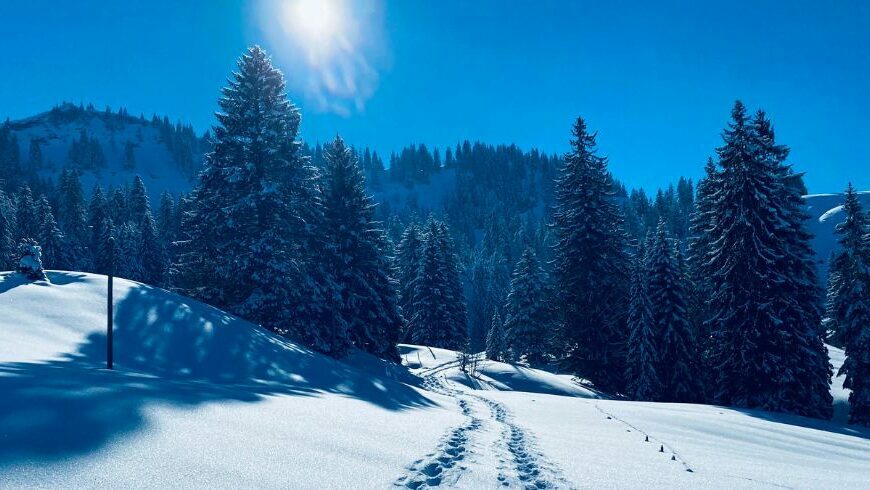
To make your snow holiday greener, follow these tips:
–Reduce emissions: use public or shared transport to reach ski resorts
–Choose eco-friendly accommodation: opt for hotels and refuges that use renewable energy, reduce plastic consumption, and offer zero-km products
–Respect nature: follow the beaten paths, do not disturb local faun,a and do not leave waste
–Try alternatives to downhill skiing: snowshoeing, cross-country skiing,g and winter trekking are less challenging activities than artificial snow
Mountain communities are also doing their part: hoteliers, restaurateurs, alpine guides and local associations are committed to promoting more conscious and sustainable tourism.
Examples of sustainable snow tourism in Italy
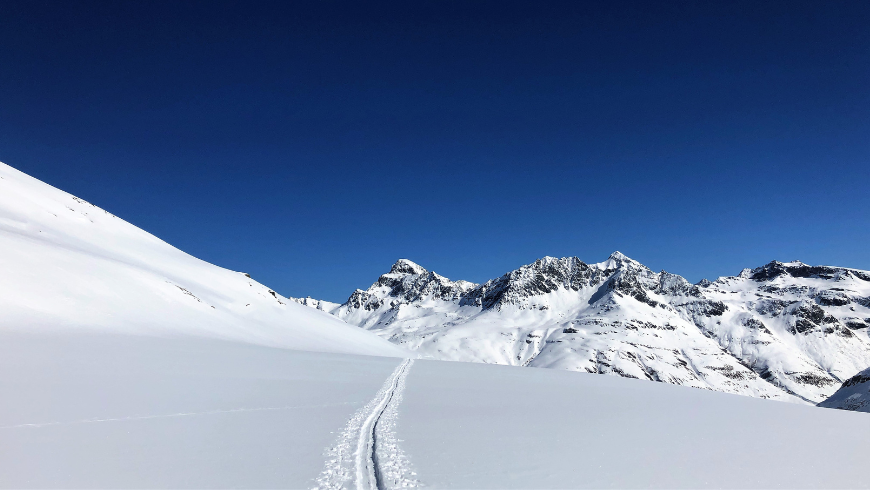
Valpelline in the Aosta Valley
In Valpelline, at about 1,000 meters above sea level, the Naturavalp Association, promotes slow tourism through authentic experiences such as snowshoeing, visiting the alpine pastures, and local artisans.
Alpe Devero in the province of Verbano-Cusio-Ossola
If you are a fan of hiking I have what for you, you know? Go to Alpe Devero. In this small village of Piedmont, cars are forbidden: they must be left in the parking lot because in the village you move only on foot or with sustainable means, preserving the uncontaminated environment.
Malborghetto-Valbruna in Friuli Venezia Giulia
In Malborghetto-Valbruna, near the Tarvisio, you can practice cross-country skiing along 20 km of slopes, with information signs on fauna, flora, and local history. You can also visit the historical sites of the First World War.
Monti Sibillini Marche
The “With a little bit of sun in your face” route combines sport, nature and social commitment, promoting conscious tourism in the areas affected by the 2016 earthquake.
How to recognise an eco-friendly structure?
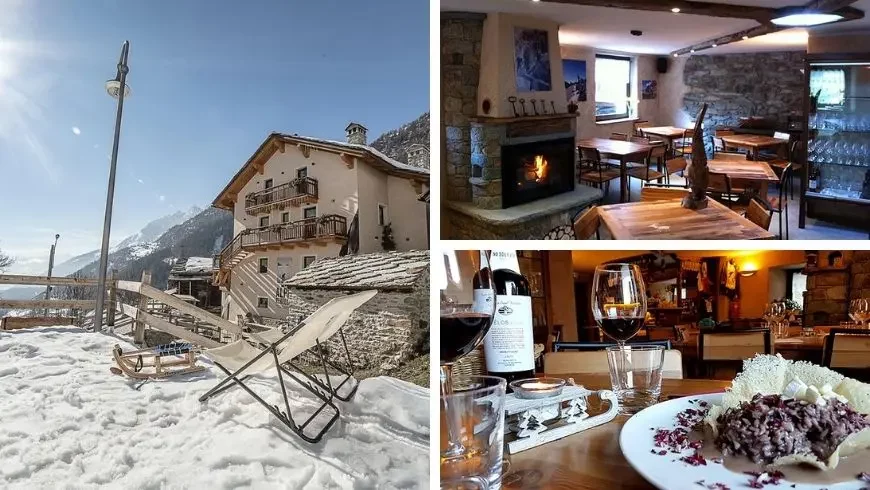
To experience a sustainable snow holiday it is important to choose a hotel or resort that has a low environmental impact. Opting for a small, eco-friendly bed and breakfast, rather than a large hotel chain, is a great choice to support the local economy. If you want to stay in a really eco-friendly structure, check for the presence of these requirements:
- Renewable energy installations, such as photovoltaic and solar thermal
- No disposable plastic, especially in the minibar and restaurant
- Efficient heating, with reduced environmental impact
- Local and organic food, to reduce the ecological footprint and support local producers
- Rainwater harvesting systems, for a more responsible use of water resources
- Eco-friendly, biodegradable and low environmental impact detergents
A great way to recognize truly ecological structures is to look for them on Ecobnb, where you can see clearly what sustainability requirements they have and which environmental certifications they have obtained, such as Ecolabel or GreenKey.
With the project “Nevediversa” (Alternative Snow), Legambiente reminds us that the mountain is a heritage to be protected. Each of us can do his part to preserve it, choosing a more sustainable lifestyle and travel. Are you ready to experience snow differently?
